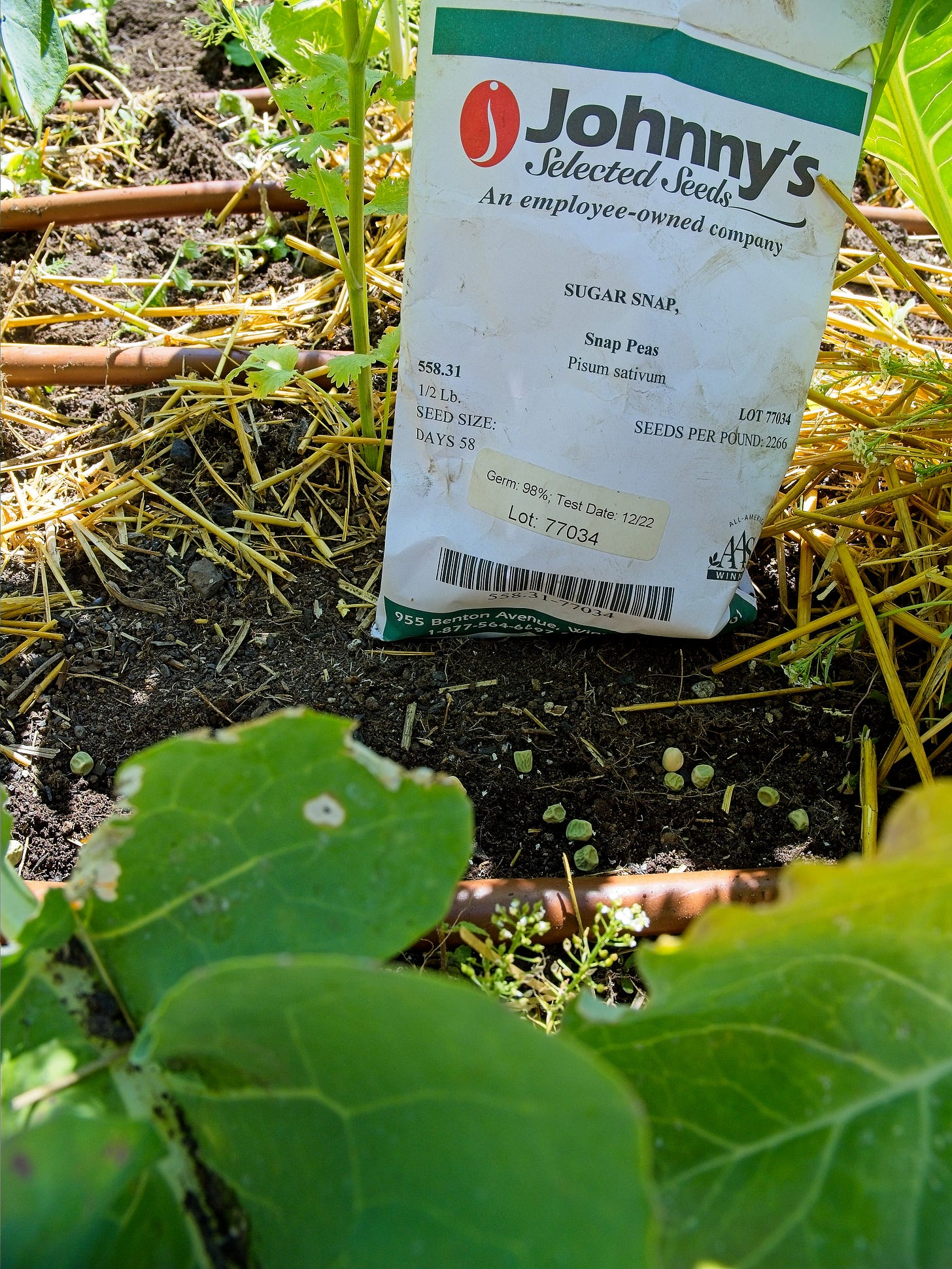This is the week where we hear a lot about freedom and patriotism here in the United States of America. America is great, but, hey - we are humans like anyone else and as a nation we have plenty of faults. But we have the advantage of some solid founding documents we can always look back to for guidance: the Declaration of Independence, the Constitution, and the Bill of Rights.
The new nation was for a new people that rejected the serfdom and aristocracies of Europe. The founders always understood that freedom and democracy were fragile and would need robust defense. Founding father Thomas Jefferson provided a social blueprint for cultivating and maintaining a free and independent population that would embrace democracy and perpetuate it for times to come. The bedrock of the new nation would be the Yeoman Farmer - the small, independent landowner who could produce most of what his family needed through hard and diligent work, reaping the rewards of freedom and building the wealth of the nation.
“Cultivators of the earth are the most valuable citizens. They are the most vigorous, the most independent, the most virtuous, and they are tied to their country and wedded to its liberty and interests by the most lasting bonds.”
― Thomas Jefferson
The yeoman farmer is not only free of landlords, but also free of bankers. His only allegiance is to the nation and to the land. But how solid is this bedrock of democracy today?
According to the USDA, in 2021 around 90 percent of all farms were still small family-owned farms, but they own less than 50 percent of the land and produce less than 20 percent of the food value.
I will wager that almost every single farmer no matter how big or small, is in hock to the banks. As Earl Butz (Ag Secretary under Nixon) said: “Get big or get out.” What a betrayal - US agriculture has abandoned the founding vision of independent farmers for a new form of serfdom where the farmers are the debt slaves and the banks are the lords and kings.
So what can we do about this? The issue is not just democracy - it is also our health. HHS Secretary RFK, jr. has made food quality a top issue because it effects our health so drastically. Ultra-processed food is slowly poisoning us. Along with the many other chemicals and pharmaceuticals we are exposed to, Americans are sicker than ever. As a result, Secretary Kennedy testified in Congress recently: “We spend on health care two to three times what other nations spend, about $4.5 trillion a year, and we have the worst outcomes of any developed nation.”
Taking control of our food is taking control of our democracy. It is also taking control of our health. And here is where we all have sovereignty. We choose what we put in our mouths, but often our choices are not good. That’s why I grow a lot of my own food.
Until our food system improves to provide everyone with nutritious, chemical-free food, many of us have the wherewithal to grow our own. As many gardeners have learned, once you get past the beginner mistakes and start to know what you are doing, there is nothing more satisfying.
Biochar of course is a big help in many ways, especially for composting and soil-building. However, one of the most important factors in gardening success is getting the timing right - not just planting crops at the right season, but keeping something edible in the ground at all times so that in most places, you can feed yourself healthy vegetables throughout most of the year.
Timing is something I am working on this year. The fun starts in March and April when we have abundant lettuce, spinach, bok choy and chinese cabbage. In May we add scallions and broccoli to that and June is the glorious time of snap peas, beets, cauliflower, and garlic scapes. Raspberries are filling the refrigerator and the freezer.
Now we are in July and we have fall cabbages and kale just sprouting, new lettuce growing and the beginnings of the zucchini onslaught. Tomatoes, peppers, cucumbers and carrots are coming right up. Looking at the broccoli beds that are finishing up, I wondered what could go in there next? The fall cabbages will go in the garlic beds, now being harvested. I would not want to follow brassicas with brassicas.
The broccoli plants are still putting out side shoots so I am not ready to rip them out yet. They might have another month before they are done. By then it would be too late to seed any summer crops.
My garden partner Kate said how about fall peas? We have not done that before, so why not try it? Our garden space is limited and we already have every available space planted, but we could plant the peas underneath the broccoli plants and see what happens. So I did that this morning. Hope it works because nothing could be better than to have snap peas twice a year!

Please, if you want to learn more about practical biochar tips and tricks for growing your own food, or you are interested in stewardship biochar for restoring natural ecosystems and biodiversity, check out some of my links below:
The Biochar Handbook at Amazon.com
The Biochar Handbook at Bookshop.org
Purchase Kelpie's Practical Biochar Course
Order your Ring of Fire Biochar Kiln®: RingofFire.earth
Check out my YouTube channel: www.youtube.com/@KelpieWilson






There aren't many like him, but I think Gabe Brown would take your bet that "almost every single farmer no matter how big or small, is in hock to the banks." He agrees about mimicking nature by keeping something edible in the ground at all times. He got free of the banks and succeeded economically with organic methods, although his neighboring conventional farmers won't talk to him. (cf. Dirt to Soil)